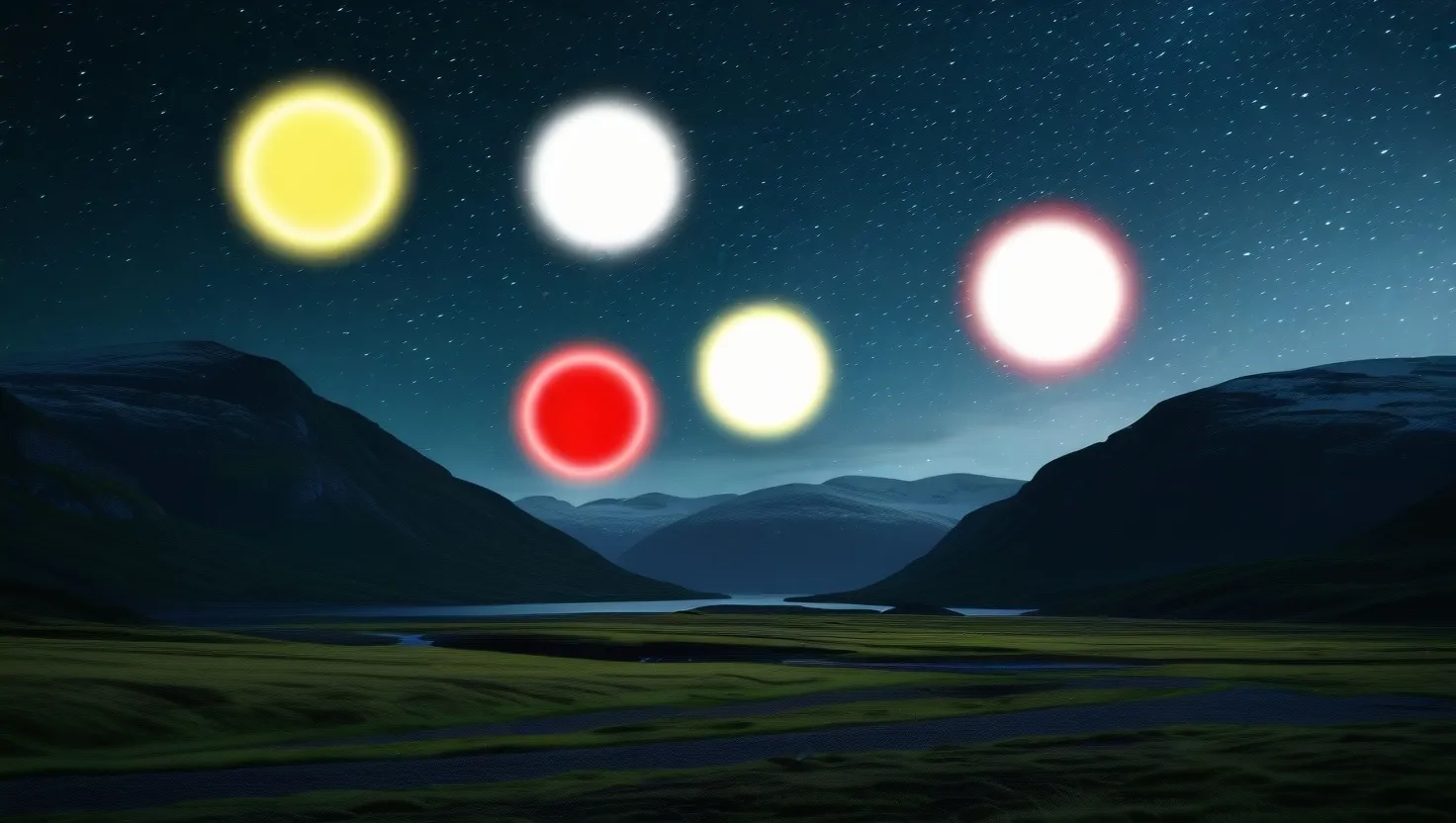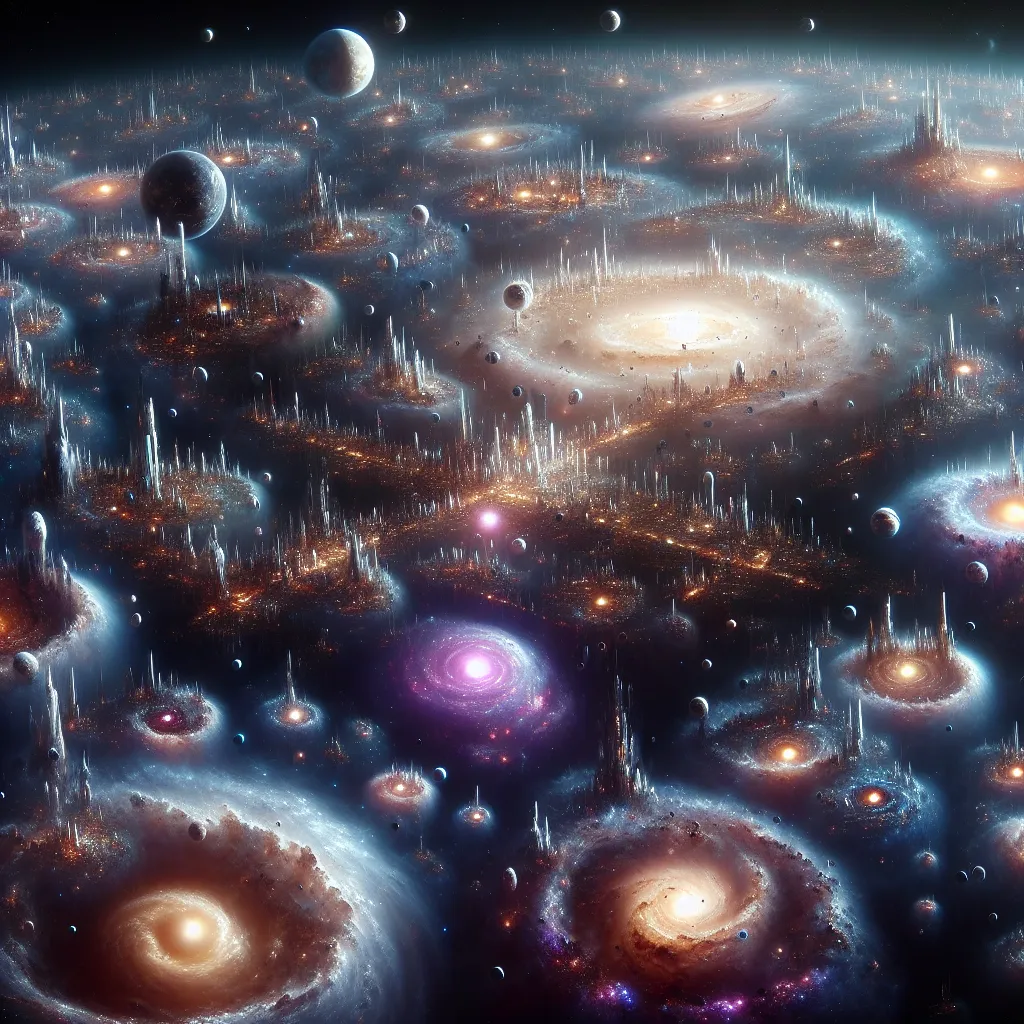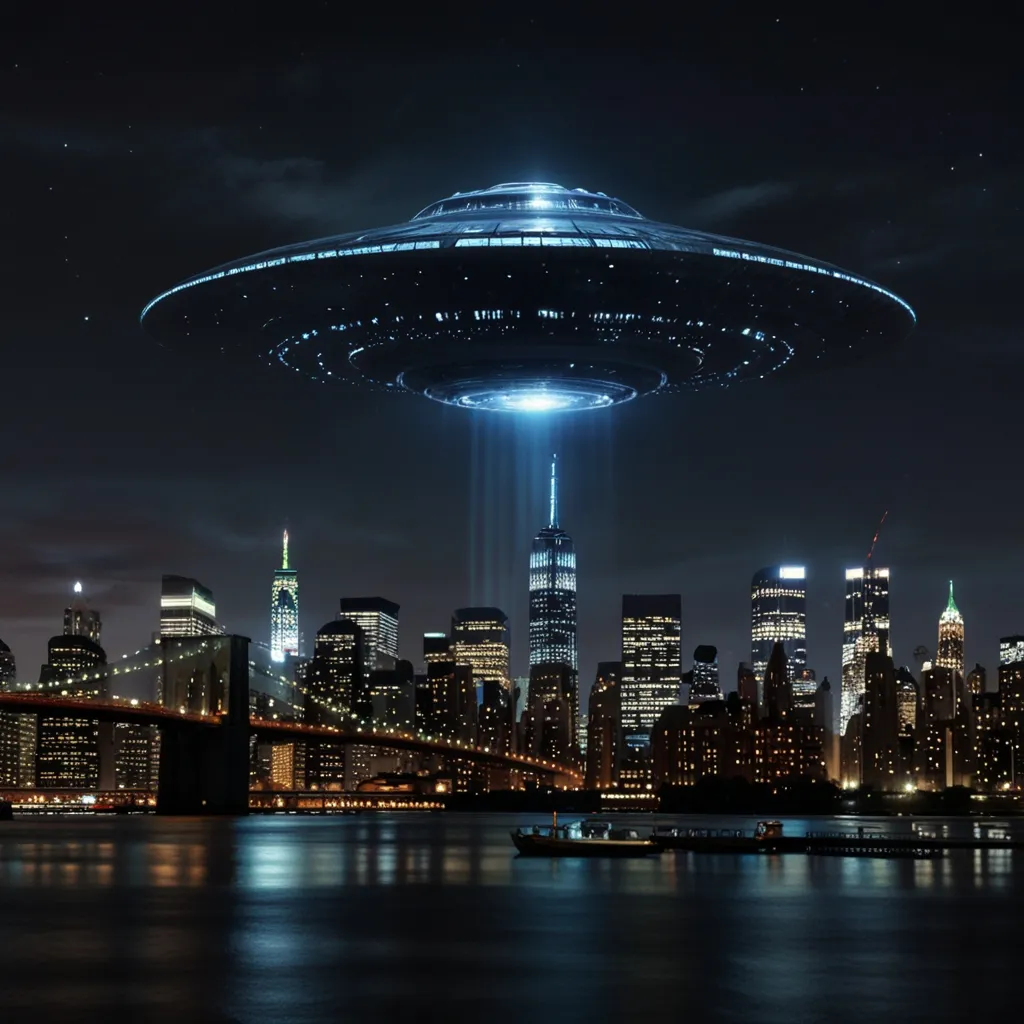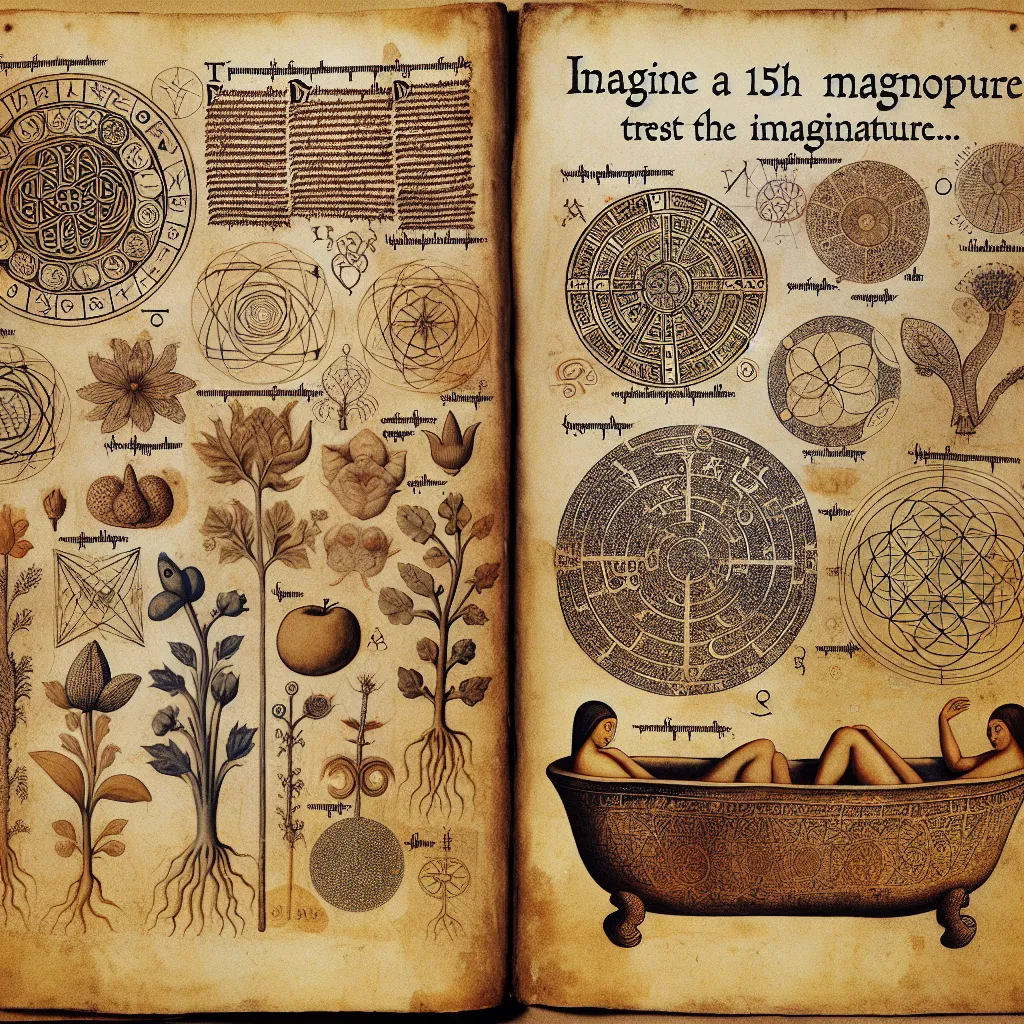In the heart of Norway’s rural central region lies the Hessdalen Valley, a place that has been shrouded in mystery for decades due to a phenomenon that defies easy explanation: the Hessdalen Lights. These lights, which have been observed since at least the 1930s, are a spectacle that has captivated both locals and scientists alike.
Imagine standing in a valley, surrounded by the quiet of the night, and suddenly, bright white, yellow, or red lights appear, floating and moving erratically in the sky. This is not a scene from a science fiction movie, but a real-life phenomenon that has been witnessed by countless individuals. The lights can be seen both during the day and at night, sometimes moving with incredible speed, other times swaying slowly back and forth, or simply hovering in mid-air.
A History of Observation
The Hessdalen Lights have a rich history of observation, with periods of high activity that have drawn significant attention. Between December 1981 and mid-1984, the lights were observed 15 to 20 times per week, attracting overnight tourists eager to catch a glimpse of this natural wonder. However, by 2010, the frequency of sightings had dwindled to just 10 to 20 per year.
Scientific Investigations
The intrigue surrounding the Hessdalen Lights has prompted extensive scientific investigation. In 1983, “Project Hessdalen” was initiated by UFO-Norge and UFO-Sverige to study these unidentified aerial phenomena. This project involved field investigations and the collaboration of students, engineers, and journalists. One notable effort, “The Triangle Project,” conducted in 1997-1998, recorded the lights in a unique pyramid shape that bounced up and down.
To further understand this phenomenon, the Hessdalen Automatic Measurement Station (Hessdalen AMS) was set up in 1998. This station is equipped with sophisticated instruments designed to register and record the appearance of the lights. Later, the EMBLA program brought together scientists and students from leading research institutions, including Østfold University College in Norway and the Italian National Research Council, to continue the research.
Theories and Hypotheses
Despite the concerted efforts of scientists, the Hessdalen Lights remain an enigma. Several theories have been proposed to explain their origin, but none have been universally accepted.
One hypothesis suggests that the lights are a result of an incomplete combustion of airborne dust, possibly related to mining activities in the area. This theory gained some traction when research identified elements such as hydrogen, oxygen, and titanium in the air, which could be linked to the large deposits of scandium in Hessdalen.
Another theory posits that the lights are formed by a cluster of macroscopic Coulomb crystals in a plasma produced by the ionization of air and dust by alpha particles during radon decay. This model explains several observed properties of the lights, including their oscillation, geometric structure, and light spectrum.
The Role of Piezoelectricity
Some researchers have suggested that the lights could be a product of piezoelectricity generated under specific rock strains. The Hessdalen valley is rich in crystal rocks, including quartz grains, which can produce intense charge densities when subjected to tectonic stress. This theory is intriguing because it links the lights to geological processes, offering a natural explanation for their occurrence.
Observations and Characteristics
The Hessdalen Lights exhibit some remarkable characteristics that set them apart from other natural phenomena. They can appear as single orbs or clusters of light balls that behave in a thermally self-regulated manner. These light balls can eject smaller orbs, and their brightness can increase linearly with their size, a behavior that is not typical of conventional plasmas.
The lights also display a unique spectrum, which is nearly flat on top with steep sides, characteristic of dense ionized gas. This spectrum is modified by self-absorption at low frequencies, following the Rayleigh-Jeans part of the blackbody curve.
The Human Element
As we delve into the scientific aspects of the Hessdalen Lights, it’s important to remember the human element. These lights have not only fascinated scientists but have also become a part of the local folklore. Residents and tourists alike have been drawn to the valley, hoping to witness this phenomenon.
“As we stand there in the darkness, waiting for the lights to appear, there is a sense of anticipation and wonder. It’s as if nature is putting on a show just for us,” says a local resident who has witnessed the lights multiple times.
Questions and Speculations
What if the Hessdalen Lights are not just a natural phenomenon but a window into a more complex interaction between our environment and the physical laws that govern it? Could they be a manifestation of processes that we are yet to fully understand?
“Nature is not a place to visit. It is home,” as Gary Snyder once said. The Hessdalen Lights remind us that even in our own backyard, there are mysteries waiting to be uncovered.
The Future of Research
As research continues, the Hessdalen Lights remain a compelling subject for study. The use of more sophisticated instrumentation and collaborative efforts between scientists from various disciplines are crucial in unraveling the mystery.
“The important thing is not to stop questioning. Curiosity has its own reason for existence,” Albert Einstein once said. The Hessdalen Lights are a testament to the power of curiosity and the importance of continued scientific inquiry.
In the end, the Hessdalen Lights are more than just a phenomenon; they are a reminder of the awe-inspiring complexity of our natural world. As we continue to study and learn more about them, we are also reminded of the many mysteries that still await our discovery.
“The universe is not only much stranger than we think, it is stranger than we can think,” said Albert Einstein. The Hessdalen Lights are a living embodiment of this statement, a natural enigma that continues to captivate and inspire us.






